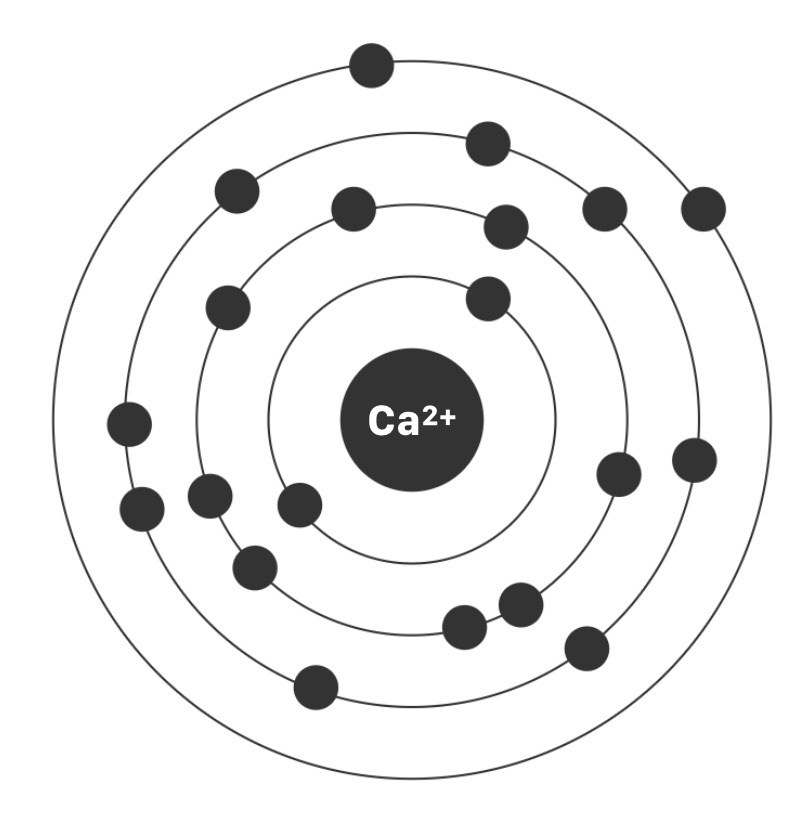Grand Rounds Recap 7.21.21
/Join us as Dr. Irankunda reflects on lessons learned throughout residency applied to a case of sulfonylurea toxicity, Dr. Winslow discusses multiple treatment modalities for refractory ventricular fibrillation, Dr. Benoit presents Cynefin Framework as a way to approach decision making in our disordered ED world, Dr. Zacharias discusses bicarbonate administration in acidosis, Dr. Adan discusses how to approach management and disposition for trauma patients in the community, and Dr. LaFollette challenges residents with a lower GI bleed in the Quarterly Simulation
Read More












